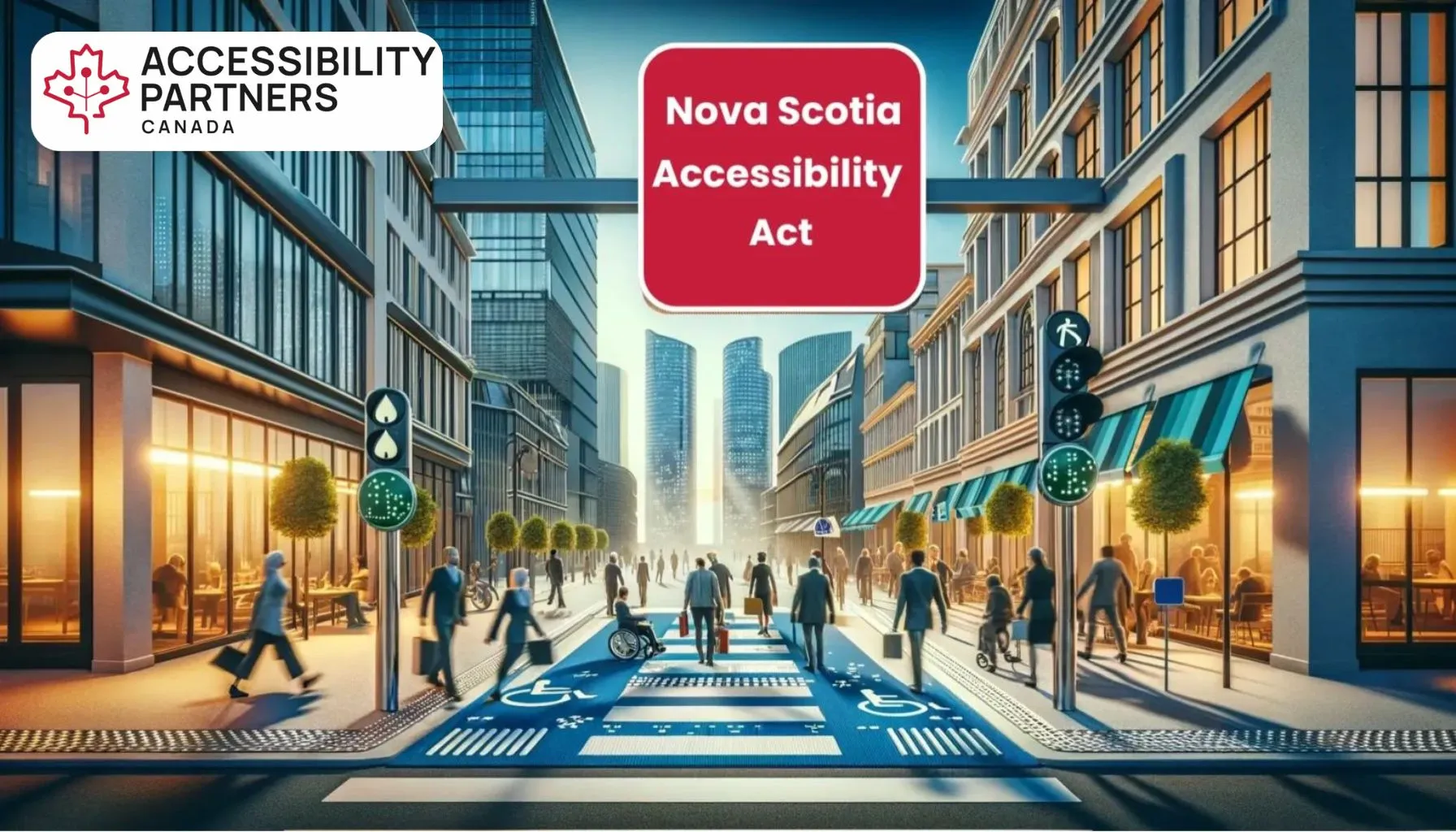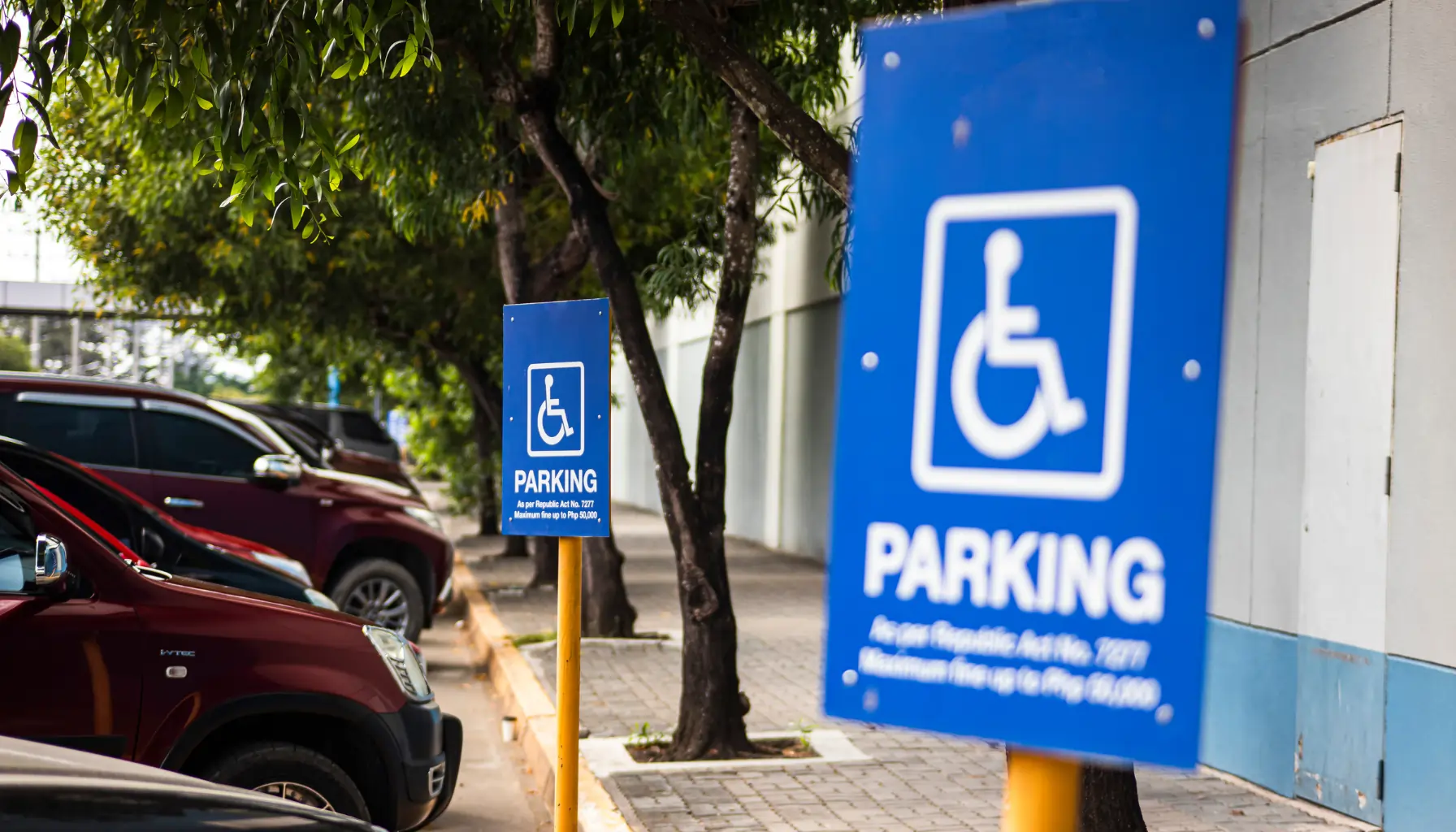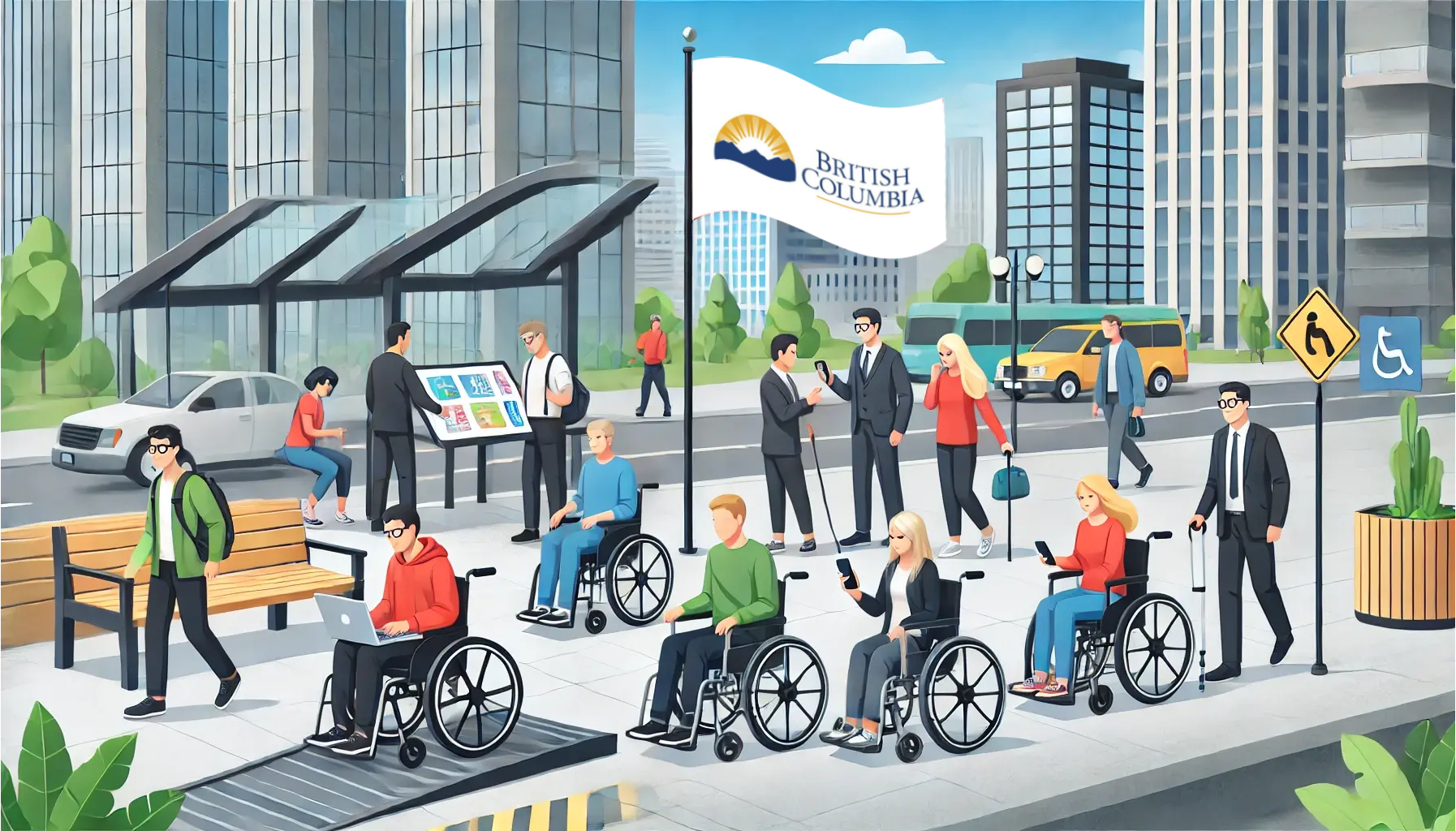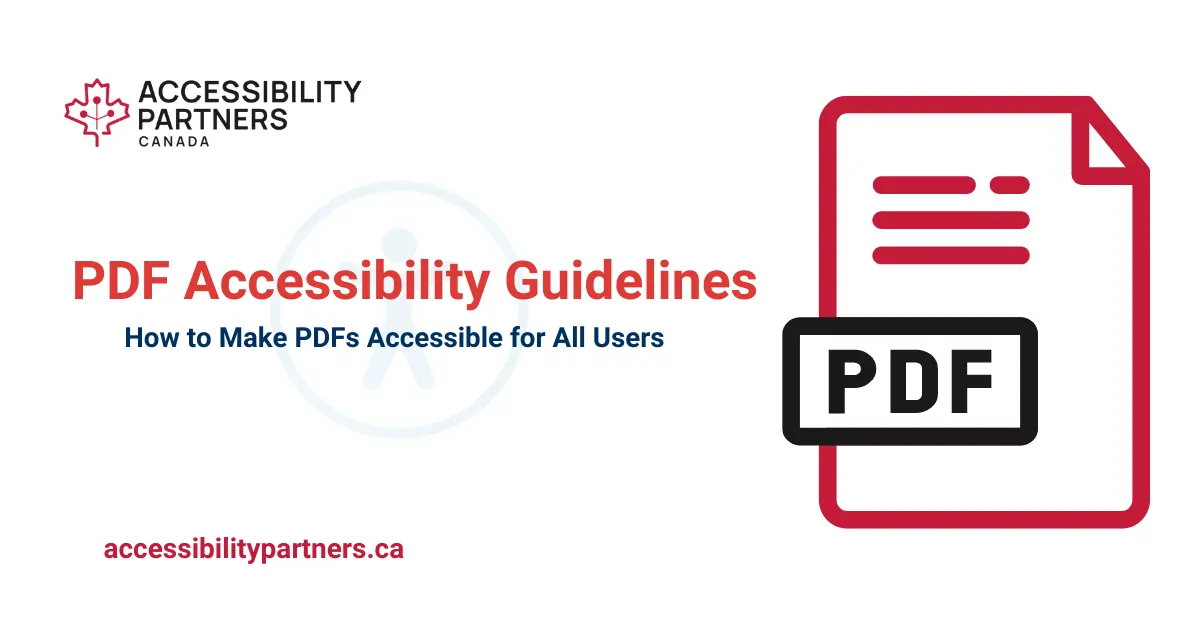Equitable access to organizations is an absolute win-win for everyone! In general, this ensures that people with disabilities are not locked out of a location unnecessarily, and the business gains a valuable customer. However, for one reason or another, accessibility standards have historically been lacklustre. For the social welfare of everyone, it is crucial to provide equitable access to goods and services by maintaining high accessibility standards.
This is why the province of Nova Scotia took a pioneering step with the Nova Scotia Accessibility Act. To create a more inclusive society for all, this act set up a detailed framework to address accessibility concerns in both the physical and digital worlds.
Organizations, businesses, and institutions are all expected to comply with the Nova Scotia Accessibility Act. This is an important step in ensuring equitable access to all in Nova Scotia by 2030!
Here’s everything that you need to know…
What Is the Nova Scotia Accessibility Act?
The Nova Scotia Accessibility Act was passed by the provincial government on April 27, 2017, to make Nova Scotia fully accessible by 2030. Accessibility deals with recognizing the challenges faced by people with disabilities. Removing unnecessary barriers allows complete participation in society for all Nova Scotians. With that in mind, this act mandates all public and private organizations to take a serious look at their accessibility – both in the physical and digital realm.
The Nova Scotia Accessibility Act represents a progressive move towards equal access and inclusivity. It also aligns with other national and international standards, such as those set by the Canadian Government and the United Nations!
What Are the Nova Scotia Accessibility Standards?
The Nova Scotia Accessibility Act presents comprehensive accessibility standards that push organizations to do better in terms of how accessible they are. In this regard, the act identifies these six areas to focus on:
- Built Environment: Physical spaces, such as buildings and parks, should be accessible to all individuals. This means including ramps, accessible entrances with sufficient door widths, and washrooms. Services like accessibility gap analysis can help you plan a fully compliant built environment, ensuring all the accessibility standards and laws are met.
- Information And Communication: Ideally, websites, online content, documents, and other information must be accessible to people with disabilities. With an accessibility evaluation report from experts, all these information sources can be brought up to standards like the Web Content Accessibility Guidelines (WCAG) and PDF/Universal Accessibility (PDF/UA), making them fully compatible and accessible for all.
- Employment: The Nova Scotia Accessibility Act has specific guidelines that focus on ensuring equal employment opportunities. The act sets standards for inclusive hiring practices, accessible workplaces, and making reasonable accommodations for employees with disabilities.
- Education: Schools, universities, and other educational institutions must create accessible learning materials and inclusive campuses.
- Goods and Services: Shops, businesses, healthcare, and more must provide equitable access to individuals with disabilities.
- Transportation: Public and private transportation facilities must accommodate people with disabilities.
Key Provisions of The Nova Scotia Accessibility Act
- Accessibility as a Human Right: The Nova Scotia Accessibility Act recognizes accessibility as a fundamental human right. So, the barriers that hinder people with disabilities must be removed.
- Goal of 2030: The aim is full accessibility for Nova Scotia by 2030 through the development and implementation of accessibility standards.
- Accessibility Standards: The act focuses on six key areas as discussed above, guaranteeing equitable access for everyone.
Compliance Requirements for Organizations and Businesses
Organizations and businesses with a physical or digital presence must identify if these are accessible. This can mean anything from installing ramps to making sure a website is as easy to navigate as possible for people with disabilities. For some organizations (referred to as “prescribed public sector bodies”), it is essential to form an advisory committee and accessibility plan to navigate accessibility barriers. Remember, any entity that ignores the Nova Scotia Accessibility Act stands to incur heavy fines and penalties!
How Accessibility Partners Can Help?
The Nova Scotia Accessibility Act requires private and public organizations to take more conscious steps toward accessibility. However, this may be difficult to accomplish without professional assistance. This is where working with Accessibility Partners can help you.
As experts in Accessibility Management and Consultation, we can help conduct an initial assessment, create plans, and carry out those plans. This process includes creating a blueprint accessibility plan to address barriers, identifying strategies to improve compliance scores, conducting digital accessibility audits and certifications, and much more!
In Conclusion
Overall, the Nova Scotia Accessibility Act represents a significant push towards a more inclusive future. This act makes Nova Scotia one of the best provinces to live in Canada, for everyone. However, it is up to wise businesses and organizations to comply with the act swiftly and effectively. With the assistance of Accessibility Partners, Nova Scotia can truly become a fully equitable access province by 2030!
FAQs About the Nova Scotia Accessibility Act
When did the Nova Scotia Accessibility Act come into effect?
This act came into effect in April 2017, with a phased implementation plan, aimed at achieving full equitable access in Nova Scotia by 2030!
What resources are available to help organizations comply with the Act?
The Government of Nova Scotia has provided various resources to make the compliance process easier. This includes the exact governmental regulations that organizations are expected to follow. Organizations can get help from resources like:
- Accessibility Directorate
- Accessibility Resource Hub
- Accessibility Foundations
- Webinars
- WCAG
What are the consequences of non-compliance with the Accessibility Act?
Organizations that do not comply with the Nova Scotia Accessibility Act are subjected to major penalties. Fines up to CAD 250,000 are possible for severe violations, followed by administrative penalties, ongoing monitoring by the authorities, and damaged public image.
Who is required to comply with the Accessibility Act?
As part of a comprehensive accessibility plan for Nova Scotians, every public and private sector organization is mandated to fully comply with the act.







